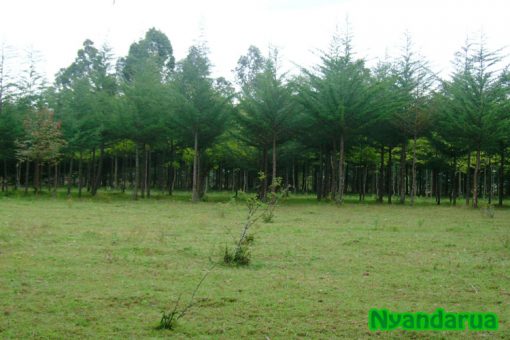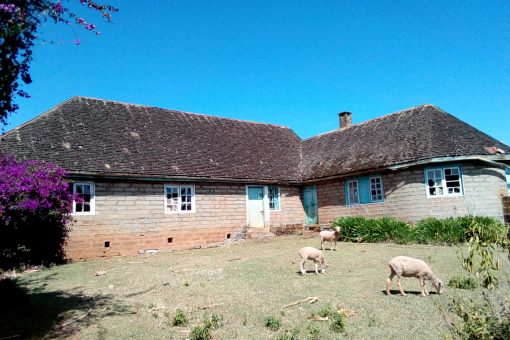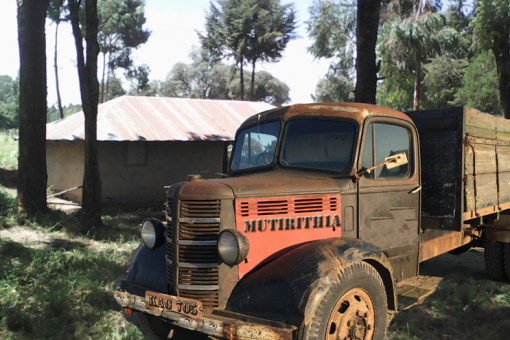We called our chapatis Mikundi. I dont know whether this was just in our household or that was a commonly used name. I couldn’t know because chapatis were not a regular menu item for most families, so, it rarely came up in conversations unless it was approaching Christmas when that was all everybody talked about. People inviting you to go eat Thigukuu, was another way of asking you to go eat chapatis.
You knew chapatis were not a common food item by the number of homes that owned a cast iron skillet necessary for making good chapatis. A chapati cast iron skillet was not your ordinary skillet. It was about 12 inches round, flat but gently tapering on the edges. It was very heavy, made from H. Young steel, the same steel used for making railway sleepers. That skillet was the only one that made good chapatis. You heated it once and it retained its heat consistently allowing you to make many chapatis without having to stop to add firewood to the fire or charcoal to the jiko. There were other ordinary flimsy skillets used for making eggs, but they were not good for chapatis because they overheated, burning the chapatis before they were thoroughly cooked inside, and when you reduced the fire, they cooled down fast forcing you to keep the chapatis on the skillet longer than necessary making them hard like frisbee.
Every good cook knew about that difference in the skillets and nobody wanted to ruin this special, once in a long while meal that took time to prepare and was anxiously waited for by the entire family. It was wise therefore to borrow the H.Young skillet from families that owned one.
There were no cabinets or shelves for storing pots and pans. A H.Young skillet was often kept out of the way from everyday utencils because it was rarely used. You found it exactly where the family put it the last time they made chapatis, and that could be anywhere from three months, six months even one year. It was usually kept at the furthest corner of the kitchen, leaning against the wall. That way, it was out of everybody’s way and occupying no space at all. Imagine a skillet that has been leaning against a wall of a busy kitchen for six months? It was covered in dust, soot and cobwebs. The lending family fished it out for you, “as is”, it was up to the borrowing family to clean it up before use. When people saw you on the road carrying that skillet, they looked at you enviously knowing you will be eating chapatis that day or the next.
Of all the embarrassing chores our parents made us do, carrying a H.Young skillet along our busy rural “highway” that led to town was not one of them. We carried it with pride, wishing everybody could see us. We wondered where our classmates were at a time like that so they could witness our good fortune. But, on such a day, you met no one, not even a stray dog or run away donkey. But when my brothers were covered from head to toe in flour from the posho mill, you would be forgiven to think there was a procession heading in and out of town on that “highway”. Our classmates, teachers, former classmates who were now in high school, even some girls they were interested in, all came out to see them looking like a bunch of Colobus monkeys. That is how you know God has a sense of humor, you better laugh out loud when such things happen.



